The effect of Gossypium C-genome chromosomes on resistance to fusarium wilt in allotetraploid cotton

Authors:
Fusarium oxysporum f. sp. vasinfectum (Fov) has the potential to become the most economically significant pathogen of cotton in Australia. Although the levels of resistance present in the new commercial cultivars have improved significantly, they are still not immune and cotton breeders continue to look for additional sources of resistance. The native Australian Gossypium species represent an alternative source of resistance because they could have co-evolved with the indigenous Fov pathogens. Forty-six BC3 G. hirsutum × G. sturtianum multiple alien-chromosome-addition-line (MACAL) families were challenged with a field-derived Fov isolate (VCG-01111). The G. hirsutum parent of the hexaploid MACAL is highly susceptible to fusarium wilt; the G. sturtianum parent is strongly resistant. Twenty-two of the BC3 families showed enhanced fusarium wilt resistance relative to the susceptible G. hirsutum parent. Logistic regression identified four G. sturtianum linkage groups with a significant effect on fusarium wilt resistance: two linkage groups were associated with improved fusarium wilt resistance, while two linkage groups were associated with increased fusarium wilt susceptibility.
